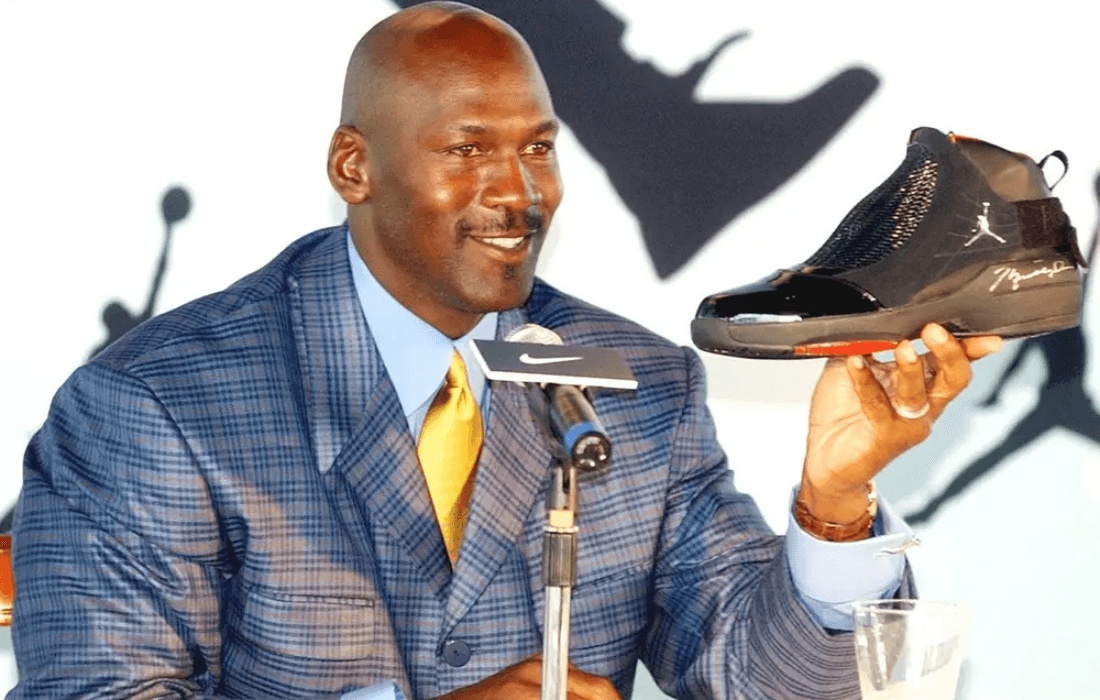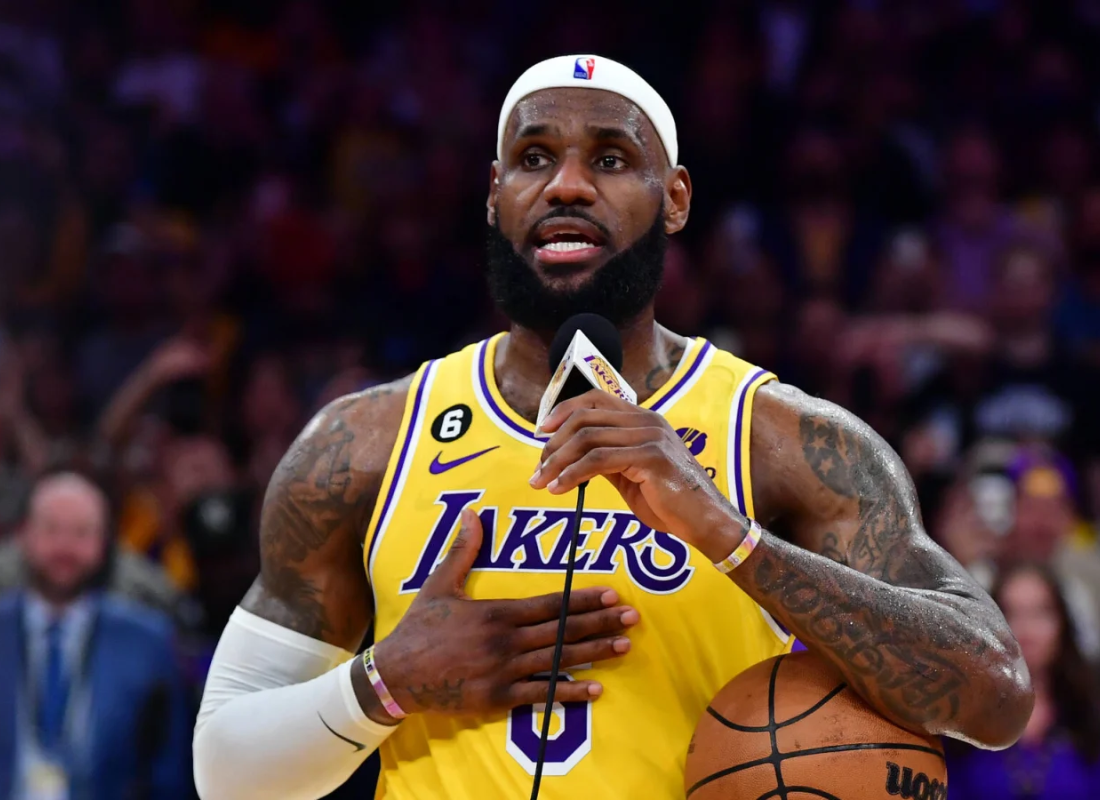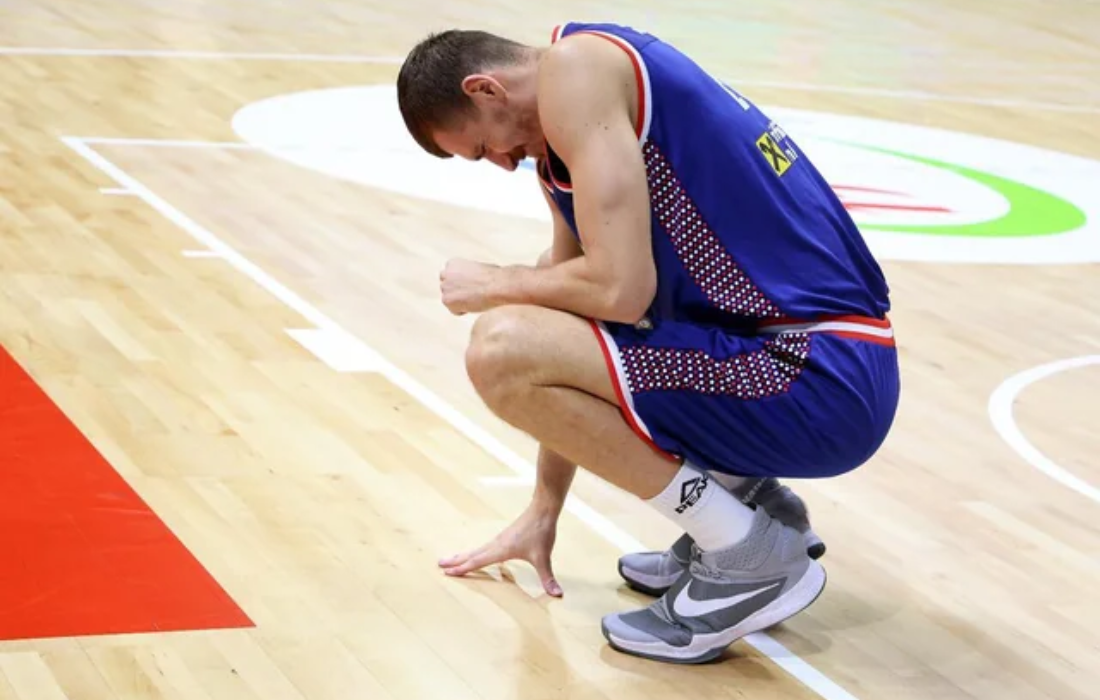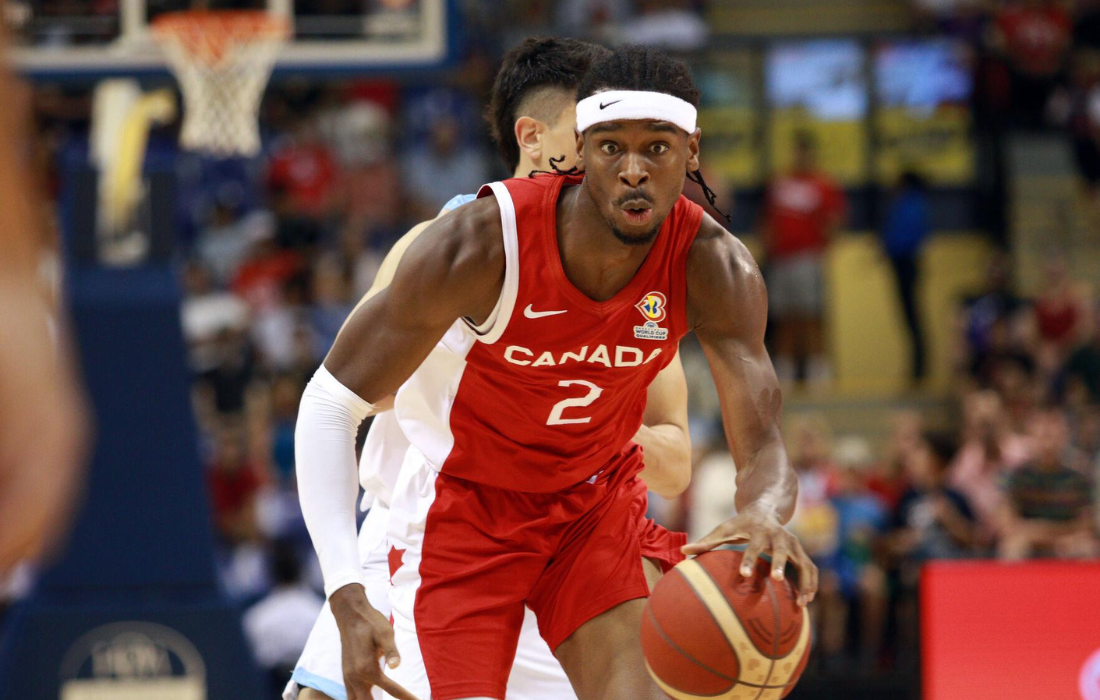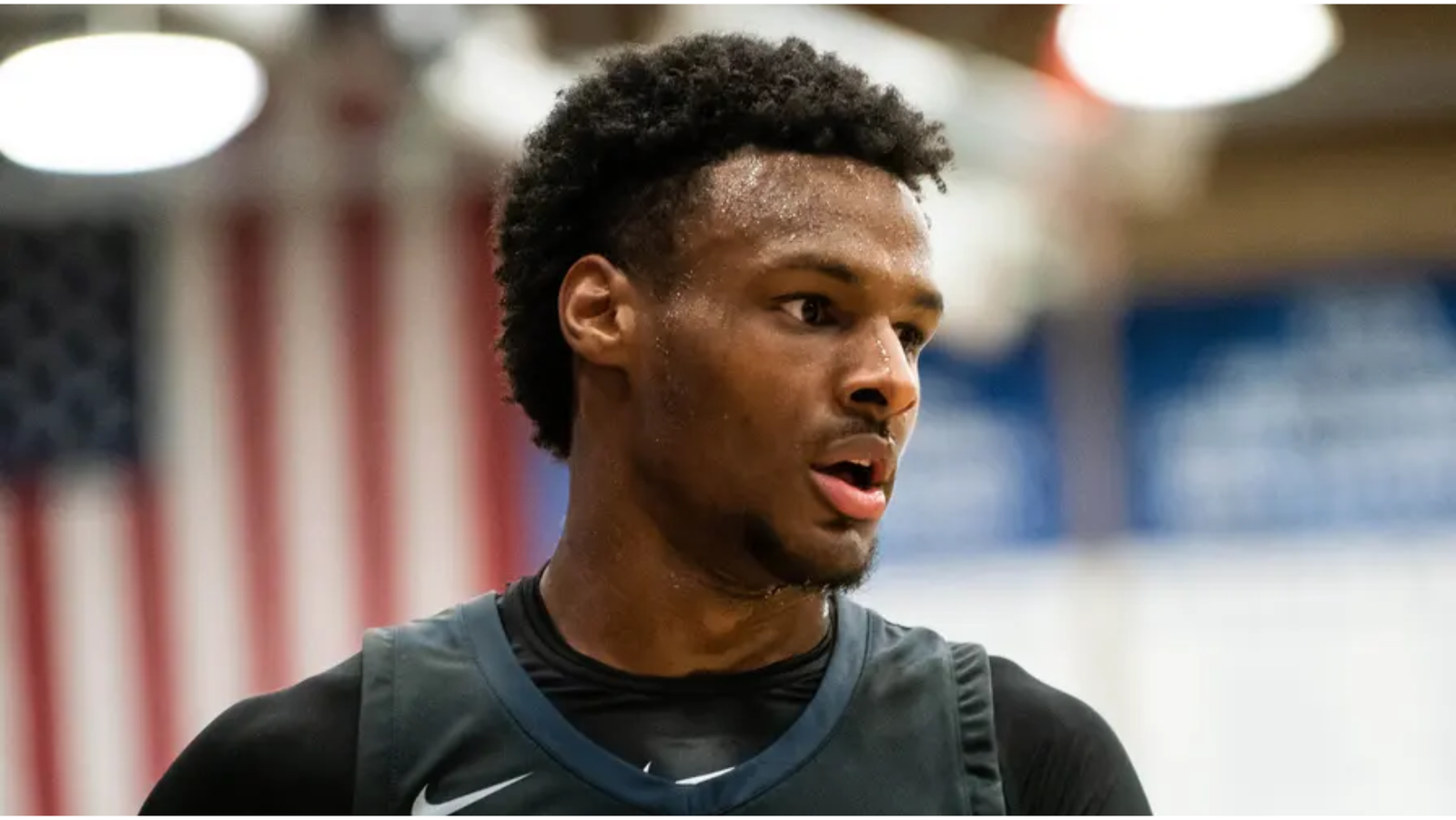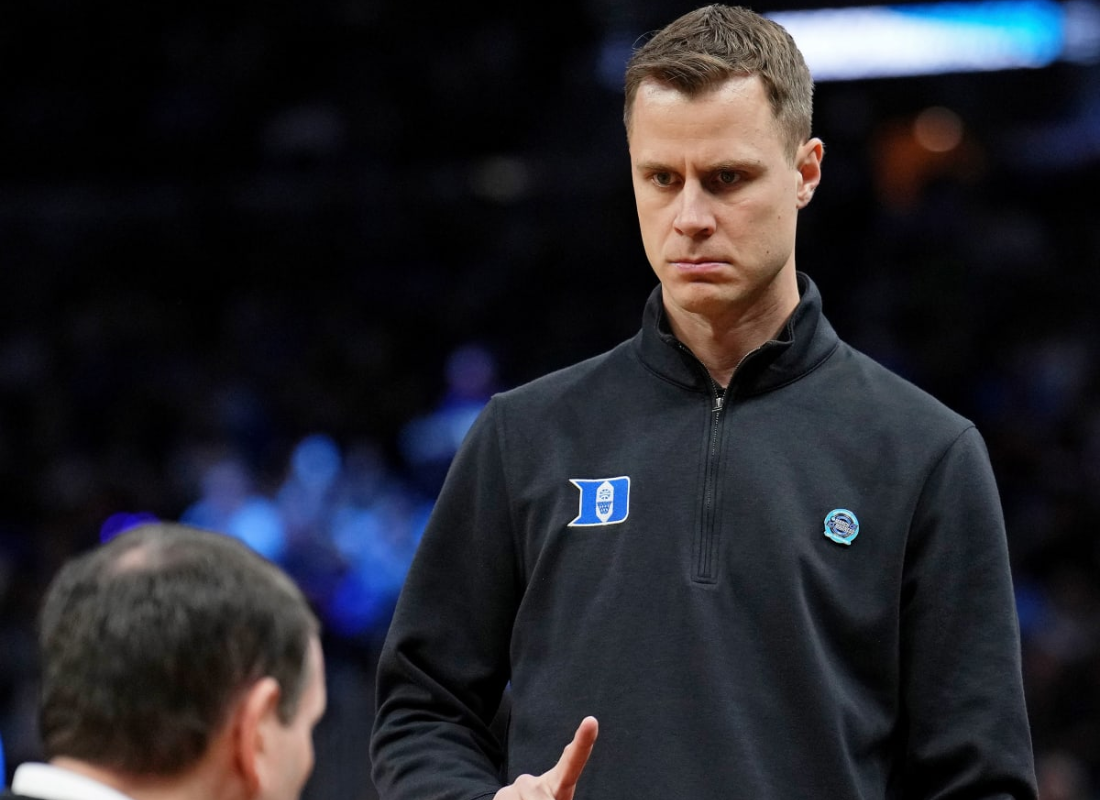Latest Report: Michael Jordan Successfully Concludes Hornets Sale
On August 3rd, basketball legend Michael Jordan officially sold his majority ownership in the Charlotte Hornets NBA team. The team’s sale price of approximately $3 billion greatly exceeded the $275 million he initially invested in 2010.
Despite Jordan’s leadership, the Hornets only managed to make the playoffs three times. Jordan, who still holds a minority stake in the franchise, conveyed optimism about the team’s prospects and committed to continuing his support for both the organization and the local community in his new role going forward.
Who is Michael Jordan in precise terms?

Michael Jordan, a former basketball pro, American Olympic participant, businessperson, and actor, is widely recognized as one of the greatest basketball players in the annals of the sport. He showcased his mastery from the mid-1980s to the late 1990s.
Under his leadership, the Chicago Bulls clinched six NBA championship triumphs, and he was awarded the league’s MVP distinction five times. With five MVP awards during the regular season and three All-Star MVP titles, Jordan holds the record for the most honors garnered by any player in the NBA.
Quick Overview:
FULL NAME: Michael Jeffrey Jordan
DATE OF BIRTH: February 17, 1963
BORN IN: Brooklyn, New York
MARRIAGES: Juanita Vanoy (1989–2006), Yvette Prieto (2013–present)
CHILDREN: Jeffrey, Marcus, Jasmine, Ysabel, and Victoria
STAR SIGN: Aquarius
Early Years and Family Heritage
Michael Jeffrey Jordan was born in Brooklyn, New York, on February 17, 1963. His mother, Deloris, initially worked as a bank teller before becoming a writer of several books. His father, James, shifted from being a maintenance worker to a manager at General Electric. As the fourth child of Deloris and James, Jordan was raised alongside four siblings: James Jr. (known as Ronnie), Deloris, Larry, and Roslyn.
Raised in Wilmington, North Carolina, Jordan cultivated a competitive nature from an early age. His father, James, was responsible for introducing Michael to baseball and constructing a basketball court in their backyard.
Michael held his brother Larry in high regard, and their frequent late-night one-on-one matchups were commonplace. Michael’s unwavering determination to win stood out.
Jordan enrolled at Laney High School in Wilmington. Notably, during his sophomore year and while standing at under 6 feet tall, he joined the school’s junior varsity basketball team. Yet, he evolved over time to become one of the nation’s most sought-after prospects.
In the summer of 1980, Jordan’s performance at a basketball camp captured the attention of the esteemed head coach Dean Smith and his staff at the University of North Carolina at Chapel Hill. This pivotal moment led to his commitment to the university in 1981.
College Journey
During 1981, Jordan enrolled at North Carolina and quickly established himself as a notable asset to the university’s basketball team. The following year, in 1982, UNC clinched the NCAA Division I championship, and Jordan’s pivotal basket secured victory over Georgetown University. He received acknowledgment as the NCAA College Player of the Year in both 1983 and 1984.
Upon finishing his junior year, Jordan left college to join the NBA in 1984. While pursuing his professional basketball journey, he managed to accomplish his bachelor’s degree in geography in 1986.
Career in the NBA
Measuring at 6 feet 6 inches, Jordan embarked on his professional basketball journey when he was picked by the Chicago Bulls in the 1984 draft. He secured the third overall selection, following Hakeem Olajuwon, the top pick of the Houston Rockets, and Sam Bowie, chosen by the Portland Trail Blazers. This draft also introduced notable figures like John Stockton and Charles Barkley.
Jordan promptly showcased his prowess on the court, propelling the Bulls into the playoffs and maintaining an impressive scoring average of 28.2 points per game in his inaugural season. His exceptional performance led to him being honored with the NBA Rookie of the Year Award and earning a spot in the All-Star Game.
Although he encountered injury challenges in his second season, Jordan achieved an unprecedented feat during the 1986-87 season by becoming the first player since Wilt Chamberlain to accumulate more than 3,000 points in a single season. As the late 1980s unfolded, the Chicago Bulls transformed into a dominant force, with Jordan playing a pivotal role in their accomplishments.
Salute to @74wrldblow (ig)
— Apex Jones (@ApexJones22) March 5, 2024
The further down this graphic you go, the more you see degrees and levels of separation between the goat, Michael Jordan, and others. Then to really put it into perspective, him being the only player in history to win MVP, a championship, Finals MVP,… pic.twitter.com/ZuorwOF8CF
In 1990, the Bulls reached the Eastern Conference Finals, and the subsequent year, they clinched their first NBA championship by defeating the Los Angeles Lakers. By this time, Jordan’s extraordinary athleticism on the court and his leadership skills had gained widespread recognition.
In 1992, the Chicago Bulls secured their second NBA championship by prevailing over the Portland Trail Blazers. They continued their victorious streak the following year, solidifying their dominance in the basketball arena.
After the passing of his father in 1993 and a brief stint in minor league baseball, Jordan reentered the basketball scene and rejoined the Bulls in March 1995. His subsequent comeback year exhibited even greater vigor, with an average of 30.4 points per game, leading the Bulls to a groundbreaking 72 victories in the regular season. Their triumph continued as they clinched the NBA championship by besting the Seattle Super Sonics.
During the 1996-97 season, Chicago nearly replicated their achievement from the prior year with 69 wins. The season culminated in a Game 6 victory against the Utah Jazz in the NBA Finals. The two teams once again contended for the championship in 1998, where Jordan secured his sixth and final title with a game-winning shot in Game 6. Alongside these six championships, Jordan also claimed each of his five league MVP awards during his time with Chicago.
Following his second retirement from basketball in 1999, Jordan took on roles as a part owner and president of basketball operations for the Washington Wizards in 2000. However, in the fall of 2001, he made another return to the court, relinquishing these positions. His last two NBA seasons were spent as a player for the Wizards.
Numbers Worn by Jordan on His Jersey
Jordan is best remembered for adorning the No. 23 jersey for the majority of his illustrious career. He once explained that this number held significance as it represented about half of his older brother Larry’s high school number, which was 45.
Upon his re-entry into the NBA in 1995, Jordan briefly adopted the No. 45 jersey, as he associated 23 with his late father and sought a fresh start. However, this alteration lasted only a couple of months before Jordan returned to wearing No. 23 during the 1995 playoffs.
A memorable incident occurred on February 14, 1990, when Jordan sported the No. 12 jersey for a solitary game due to the theft of his usual jersey. The Bulls were unable to find a backup jersey and attempted to locate a No. 23 jersey in the crowd that would fit Jordan, but this endeavor was unsuccessful. Interestingly, this temporary switch had no adverse impact on his performance; Jordan scored an impressive 49 points despite the loss to the Orlando Magic.
The Olympics
During the summer of 1984, Jordan took part in his first Olympic Games as a member of the U.S. Olympic basketball team. The team, comprised of college-level amateurs, successfully captured the gold medal at the Los Angeles-held event.
In the subsequent 1992 Olympic Games in Barcelona, Spain, Jordan played a critical role in securing the gold medal for the American team. This event marked a notable change as established professional players, including Jordan, Larry Bird, and Magic Johnson, united in representing the U.S. squad for the first time, leading to their iconic nickname, the “Dream Team.”
Achievements and Acknowledgments
During 1988, Jordan was granted his first MVP Award by the NBA, a recognition he would subsequently attain on four additional occasions, notably in 1991, 1992, 1996, and 1998. Come April 2009, Jordan encountered one of the highest accolades in the realm of basketball: his induction into the Naismith Memorial Basketball Hall of Fame.
Attending the induction ceremony brought forth a blend of sentiments for Jordan, as he communicated that his presence at the event symbolized the unequivocal conclusion of his basketball voyage. In the year 2016, President Barack Obama conferred the Presidential Medal of Freedom upon Jordan.
Here are the figures that detail Jordan’s NBA career averages and overall numbers, sourced from Basketball Reference:
Typical Career Performance Metrics
Apenas apreciem o melhor mid-range da história da NBA.
— Sincero Jordan (@SinceroJordan) August 25, 2023
Ninguém nunca conheceu aquela área, como Michael Jordan.
🐐pic.twitter.com/9dnNBIS94i
- Average minutes played per game: 38.3
- Success rate in field goals: 0.497
- Precision in 3-Point field goals: 0.327
- Effectiveness in free throws: 0.835
- Offensive rebounds secured per game: 1.6
- Defensive rebounds secured per game: 4.7
- Average assists contributed per game: 5.3
- Steals achieved per game: 2.3
- Blocks recorded per game: 0.8
- Turnovers committed per game: 2.7
- Average personal fouls committed per game: 2.6
- Points scored per game: 30.1
Lifetime Aggregate Data
- Total Games Participated: 1,072
- Games Commenced: 1,039
- Overall Minutes Spent on the Court: 41,011
- Successful Field Goals Achieved: 12,192 out of 24,537 attempts
- 3-Point Field Goals Successfully Made: 581 out of 1,778 attempts
- Free Throws Successfully Executed: 7,327 out of 8,772 attempts
- Offensive Rebounds Gathered: 1,668
- Defensive Rebounds Secured: 5,004
- Total Rebounds Collected: 6,672
- Assists Furnished: 5,633
- Steals Attained: 2,514
- Blocks Executed: 893
- Instances of Turnovers: 2,924
- Personal Fouls Incurred: 2,783
- Cumulative Points Achieved: 32,292
Ending Basketball Journey
Jordan concluded his basketball journey with three instances of retiring during his expansive 19-year professional career. His inaugural departure transpired on October 6, 1993, at the age of 30, propelled by his ambition to venture into a baseball career following the sorrowful loss of his father.
In July of that same year, James Jordan met a tragic end due to two teenagers who fatally shot him during an apparent robbery while he was en route from Charlotte to Wilmington, North Carolina. He remained missing for 23 days until his remains were ultimately located in a swamp in McColl, South Carolina.
The young individuals responsible were subsequently put on trial, found guilty of the crime, and handed life sentences for their involvement in the first-degree murder.
Jordan wrapped up his engagement with the Bulls once again on January 13, 1999, at the age of 35. Subsequently, he staged a return to the basketball scene with the Wizards. Ultimately, he bid his final farewell to the sport at the age of 40 on April 16, 2003.
Baseball

In an unexpected turn of events, at the close of the 1992-93 basketball season, Jordan stunned the world with his decision to retire from basketball, opting to explore the world of baseball instead. Throughout 1994, Jordan found himself on the field as an outfielder for the Birmingham Barons, a minor league affiliate of the Chicago White Sox.
This decision materialized not long after the heartbreaking loss of Jordan’s father, who had always harbored the wish to see his son pursue a career in baseball. It’s worth noting that Jordan’s previous involvement in baseball had been during his senior year of high school in 1981.
“I’m told I can’t accomplish something, and I’m going to demonstrate otherwise,” Jordan declared.
During his brief venture into baseball, which many enthusiasts regarded as a fleeting interest, Jordan registered a rather underwhelming batting average of .202. Nonetheless, those who collaborated with him during that period frequently acknowledged his deep dedication and latent potential as a player.
“He possessed the complete package: talent, inclination, work ethic. He consistently displayed profound respect for our endeavors and consideration for his teammates. Granted, there was much for him to grasp,” recollected former Barons manager Terry Francona.
“I genuinely believe that with another 1,000 at-bats, he could have excelled. However, there’s an element that often goes unnoticed about that season. Baseball wasn’t the sole outcome he achieved. I firmly believe he rediscovered himself, reigniting his passion for competition. We reignited his desire to play basketball.”
Following his tenure with the Barons, Jordan proceeded to the Arizona Fall League to join the Scottsdale Scorpions. After achieving a .252 average and humorously labeling himself the team’s “least skilled player,” he signaled his return to the NBA in March 1995 with a concise two-word press release: “I’m back.”
Jordan’s Entrepreneurial Pursuits
Outside of his basketball career, Jordan has ventured into a multitude of profitable business and commercial enterprises, notably highlighted by a longstanding partnership with Nike. Jordan established his initial contract with Nike in 1984, leading to the introduction of the iconic Air Jordan basketball sneakers in 1985. In their initial arrangement, Nike allocated a significant 25 percent share of royalties to Jordan.
The Air Jordan line swiftly garnered immense popularity and has maintained its position as a best-selling product for the clothing company even over the course of three decades. This collaboration proves exceptionally lucrative for both Nike and Jordan, with Nike revealing a revenue of approximately $2.9 billion attributed to the Air Jordan line in 2018.
The narrative of Jordan’s affiliation with Nike has been vividly portrayed in the 2023 biographical drama “Air,” where Ben Affleck portrays Nike founder Phil Knight, and Matt Damon takes on the role of marketing executive Sonny Vaccaro.
Over the course of time, Jordan has entered into various endorsement agreements with brands like Hanes, Upper Deck, Gatorade, Coca-Cola, McDonald’s, Chevrolet, and Wheaties. Of notable mention is his collaboration with Gatorade, which featured a memorable advertising campaign that served as an inspiration to both youngsters and adults to “Be Like Mike.”
In 1998, Jordan made a foray into the restaurant sector with the establishment of Michael Jordan’s The Steak House N.Y.C. Designed to encapsulate Jordan’s personal preferences and style, this classic steakhouse had seating capacity for 150 patrons and 60 at the bar, encompassing a space of 7,000 square feet within Grand Central Terminal.
However, its operations ceased in late 2018. As of April 2023, four Michael Jordan’s Steak House locations are operational: in Chicago, Oak Brook, Illinois, at the Mohegan Sun casino in Uncasville, Connecticut, and at the Ilani Casino in Ridgefield, Washington.
Partial owner of the Charlotte Hornets
In 2006, Jordan obtained a stake in the Charlotte Hornets (formerly the Bobcats) and assumed a role in the team’s management overseeing basketball operations. By 2010, he progressed to become the principal owner of the Charlotte Hornets and concurrently took on the responsibilities of the team’s chairman.
Fostering the team’s improvement from its less than satisfactory performance seemed to be Jordan’s primary goal. In November 2012, he conveyed to ESPN, “I don’t envision stepping away from this venture. My intrinsic competitiveness propels me to excel. It’s often said that when confronted with an obstacle, I’ll find a way to surmount it.”
Although the Hornets’ accomplishments on the court didn’t attain remarkable heights—enduring six successive seasons without reaching the playoffs from 2016 to 2022—the organization’s valuation surged from $175 million in 2006 to $1.7 billion by October 2022.
In March 2023, ESPN reported that Jordan was engaged in negotiations to transfer his primary ownership share to a group led by two NBA minority proprietors. Five months later, on August 3, Jordan concluded the deal with a consortium featuring the team’s minority owner, Gabe Plotkin, along with musicians J. Cole and Eric Church. Jordan maintained a minority stake in the franchise.
The NASCAR Racing Team of Jordan
Michael Jordan is seen observing a NASCAR event in Pennsylvania in 2021 from the pit box of his 23XI Racing team. Getty Images In the year 2020, Michael Jordan collaborated with NASCAR driver Denny Hamlin to establish the 23XI Racing team. The team’s name is a nod to Jordan’s famous basketball number and Hamlin’s race car number, which is 11.
Michael Jordan has maintained a strong passion for NASCAR over the years and was influenced by legends of the sport like Richard Petty, Cale Yarborough, and Dale Earnhardt during his upbringing. Given that Denny Hamlin is not only an athlete affiliated with the Jordan brand but also a supporter of the Charlotte Hornets, he and Jordan shared a pre-existing friendship before embarking on their NASCAR venture together.
The team marked its inaugural presence at the 2021 Daytona 500, enlisting Bubba Wallace as the driver for the No. 23 car. In the course of that season, Wallace achieved the team’s premier NASCAR Cup victory on October 4 at the Talladega Superspeedway in Alabama.
Moving forward to the subsequent 2022 season, the team undertook an expansion by introducing two cars, with former champion Kurt Busch assuming the role of the No. 45 car’s driver. Within that same year, both Busch and Wallace secured wins at the Kansas Speedway. In the 2023 season, Tyler Reddick assumed the driving responsibilities for the No. 45 car, succeeding Busch, and promptly secured another triumph for the team at the Circuit of the Americas.
Overall Fortune
Reportedly, Jordan’s accumulated wealth reaches $2 billion as of April 3, 2023, as stated by Forbes. Additionally, Sportico highlights that he stands out as the athlete with the highest earnings in history.
Philanthropy
From 2001 to 2014, Jordan hosted an annual charity golf event known as the Michael Jordan Celebrity Invitational. The proceeds from this event were directed towards supporting various organizations such as Make-A-Wish, Cats Care, the James R. Jordan Foundation, Keep Memory Alive, and Opportunity Village.
The multi-day tournament and festivities attracted notable personalities from both the entertainment and sports sectors, with participants including Wayne Gretzky, Michael Phelps, Chevy Chase, Samuel L. Jackson, and Mark Wahlberg.
In 2023, in honor of his 60th birthday, Jordan made a significant contribution of $10 million to the Make-A-Wish Foundation. This donation stands as the largest individual contribution in the history of the foundation.
Partners and Progeny
In 1989, Jordan entered into matrimony with Juanita Vanoy. During the course of their marriage, they became the parents of three children: Jeffrey, Marcus, and Jasmine. However, after spending 17 years together, their marriage officially ended in December 2006 through a divorce.
On April 27, 2013, Jordan took his vows with Yvette Prieto, a 35-year-old Cuban American model, in Palm Beach, Florida. The wedding ceremony reportedly saw the presence of notable figures such as Tiger Woods, Spike Lee, and Patrick Ewing. By February 2014, the couple celebrated the arrival of twin daughters, whom they named Victoria and Ysabel.
Jordan and Juanita’s two sons, Jeffrey and Marcus, both pursued basketball during their college years with hopes of making a name for themselves in the NBA.
Jeffrey became a part of the University of Illinois basketball team in 2007 and received encouragement from both Jordan and his former spouse, Juanita, as he faced the challenge of playing in the shadow of an NBA legend.
Jordan expressed this sentiment during an appearance on the Today show, stating, “The thing that we have tried to tell Jeff is that you set your own expectations. By no means in this world can you ever live up to someone else’s expectations of who you are.”
Jeffrey’s basketball journey included three seasons with the University of Illinois, spanning from 2007 to 2010. He later represented the University of South Florida for a season from 2011 to 2012 before retiring from the sport. He subsequently pursued a management training program with Nike.
Jordan’s younger son, Marcus, embraced a basketball career with the UCF Knights for a period of three seasons, from 2009 to 2012. Eventually, he ventured into establishing a basketball shoe and apparel store in Florida. Juanita expressed in 2013, “They wanted to be like their dad. What boy doesn’t? But they both got to a point where they said, ‘We’re not going to the NBA.'”
The Influence of Michael Jordan in Popular Culture
Jordan made a notable impression by assuming the lead role in the 1996 movie “Space Jam.” The film intertwined live-action sequences with animation, uniting Jordan with beloved Looney Tunes figures such as Bugs Bunny and Daffy Duck. Curiously, Jordan was absent from the 2021 sequel, “Space Jam: A New Legacy,” in which LeBron James took the reins.
Jordan and the 1997-98 Bulls were prominently featured in the 2020 documentary “The Last Dance,” a collaborative venture between Netflix and ESPN Films. This comprehensive 10-part series was aired by ESPN following the disruption of the 2019-20 NBA season due to the COVID-19 pandemic, quickly establishing itself as a must-watch for basketball aficionados.
Beyond showcasing archived footage of Jordan and conducting interviews with his teammates and competitors, “The Last Dance” delved into the complex relationship between the Bulls front office and their extraordinary superstar during his victorious final year with the team.
Additionally, Jordan has adorned the cover of the highly popular NBA 2K video game franchise on four separate occasions, with the most recent being in 2022.
A poignant photograph of Jordan in tears during his Hall of Fame induction in 2009 has morphed into the well-known internet meme dubbed the “Crying Jordan.” This meme superimposes Jordan’s teary visage onto images of other individuals grappling with misfortunate circumstances.
ALSO READ:
- In-depth details regarding LeBron James
- Vanderbilt Starts as Lakers Bench Russell
- Morant’s Winning Shot After 25-Game Suspension

